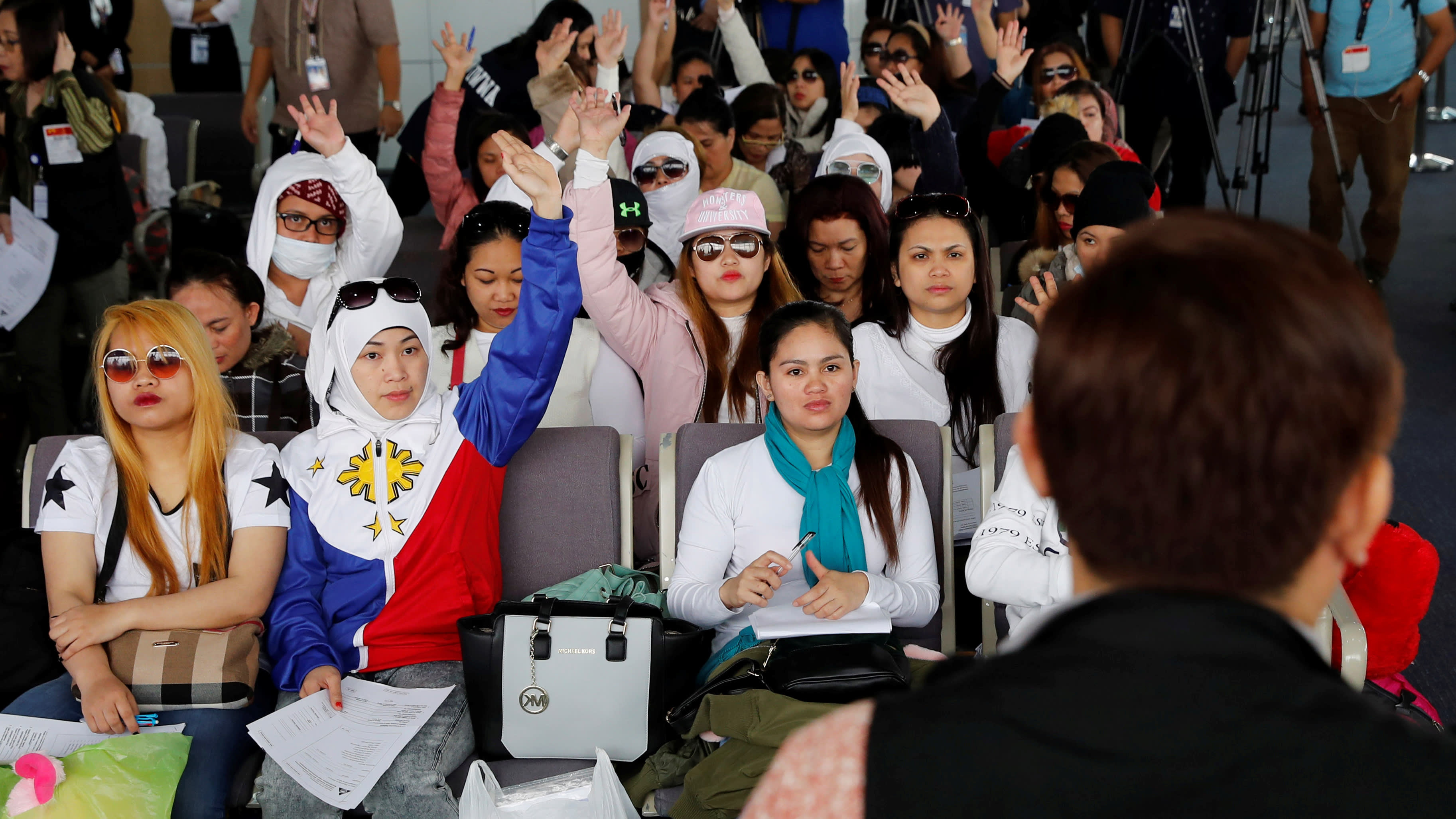Remittances from overseas Filipinos climbed for the third straight month in July to hit the highest level in seven months, data released by the Bangko Sentral ng Pilipinas (BSP) on Monday showed.
Cash remittances or money transfers through banks or formal channels stood at $3.085 billion in July, up 3.1% from $2.992 billion the same month last year, and higher than the $2.882 billion in June. This is also the highest since December 2023’s $3.280 billion.
The increase in personal remittances in July 2024 was due to higher remittances from land-based workers with work contracts of one year or more and sea- and land-based workers with work contracts of less than one year, the BSP said in an accompanying statement. Inflows from land-based workers climbed by 3.6% to $2.52 billion, while those from sea-based workers climbed by 0.9% to $0.57 million.
Year-to-date cash remittances stood at $19.332 billion, reflecting a 2.9% increase from $18.765 billion in the first seven months of 2023. “The growth in cash remittances from the United States, Saudi Arabia, and United Arab Emirates contributed mainly to the increase in remittances in January-July 2024,” the BSP said.
Personal remittances — the sum of transfers sent in cash or in-kind via informal channels — came in at $3.428 billion, up by 3.2% from $3.321 billion in July 2023. It is also higher than the $3.210 billion in June. The expansion in cash remittances in July 2024 was due to the growth in receipts from land- and sea-based workers, the central bank said.
Year-to-date personal remittances stood at $21.532 billion or 3.0% higher than the $20.911 billion the same period last year.
Impact on the Philippine Economy
Remittances play a crucial role in the Philippine economy, providing a substantial source of foreign exchange. The influx of remittances supports consumer spending, which accounts for approximately 70% of the country’s GDP. These funds are often used to meet basic needs like food, education, and healthcare, while also contributing to economic growth. The BSP is closely monitoring these trends to understand the impact on the economy and potential risks.
Key Sources of Remittances
The United States remains the primary source of remittances for the Philippines, accounting for 41.1% of the total in January-July 2024. Singapore and Saudi Arabia follow closely with 6.9% and 6.0%, respectively. Other significant contributors include Japan, the United Kingdom, the United Arab Emirates, Canada, Qatar, Taiwan, and South Korea.
Outlook for Remittances
While the outlook for remittances remains positive, economists highlight potential challenges. Global economic uncertainties, particularly the risk of a recession in major remittance-sending countries like the US, could affect the flow of funds. However, the Philippines’ robust economic recovery and the continued demand for Filipino workers overseas are expected to support remittance growth in the coming months.
The Ripple Effect: A Look at the Future
The steady growth in remittances reflects the resilience of the Filipino workforce abroad and their commitment to supporting their families back home. As the Philippine economy continues to recover, these remittances play a pivotal role in bolstering consumer spending and fueling economic growth. However, ongoing global economic uncertainties and the evolving employment landscape demand a careful and proactive approach to ensure sustained remittance inflows and mitigate potential risks. The BSP, along with the Philippine government, is actively monitoring these trends and exploring strategies to ensure the sustainability of these vital funds and their positive impact on the Filipino people.

















